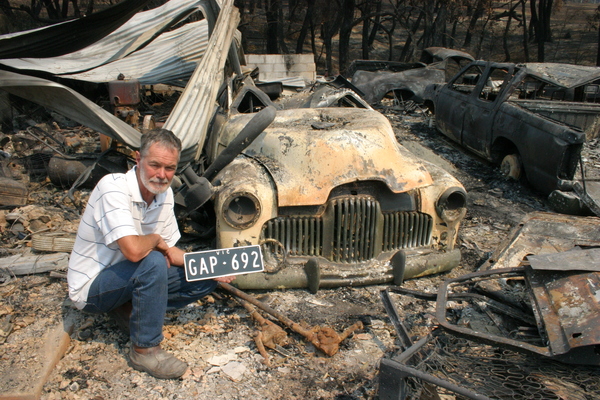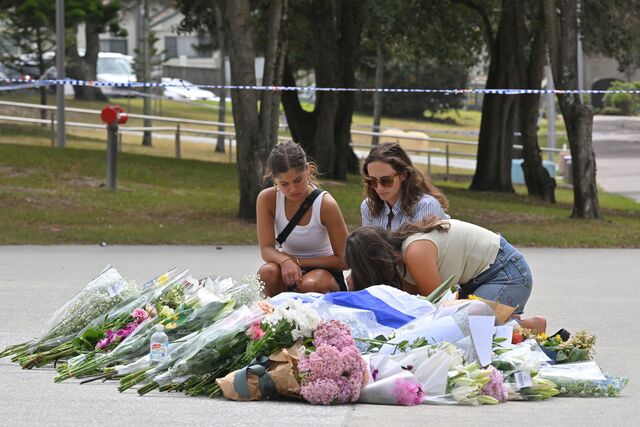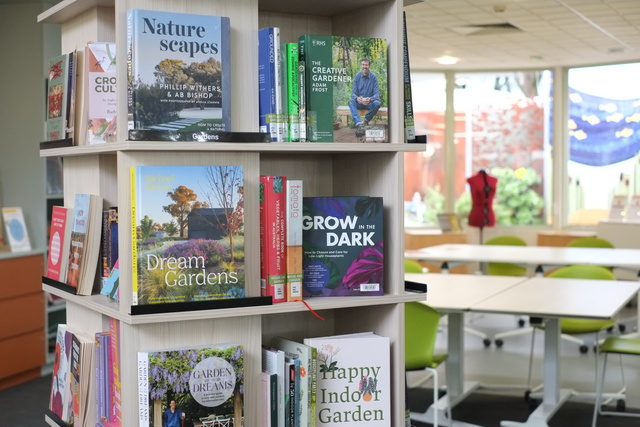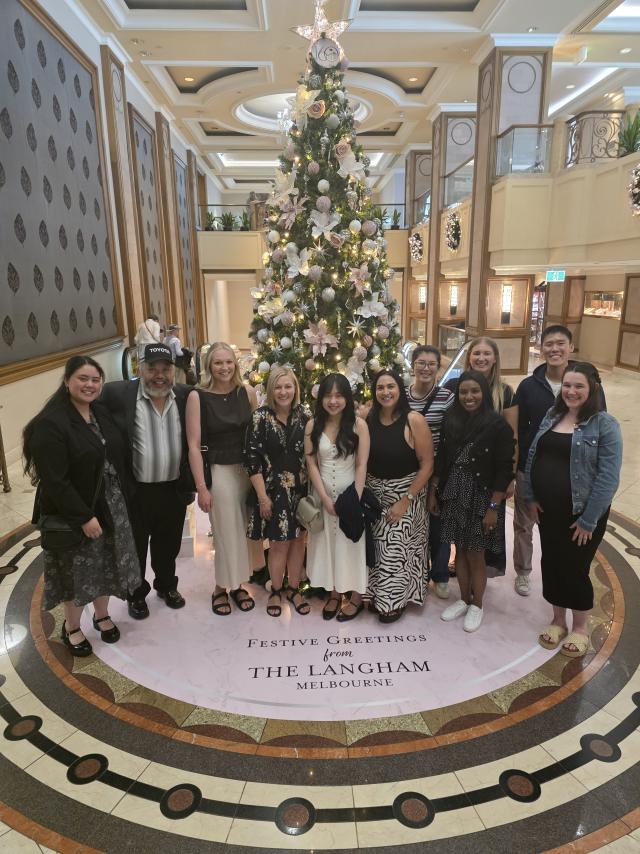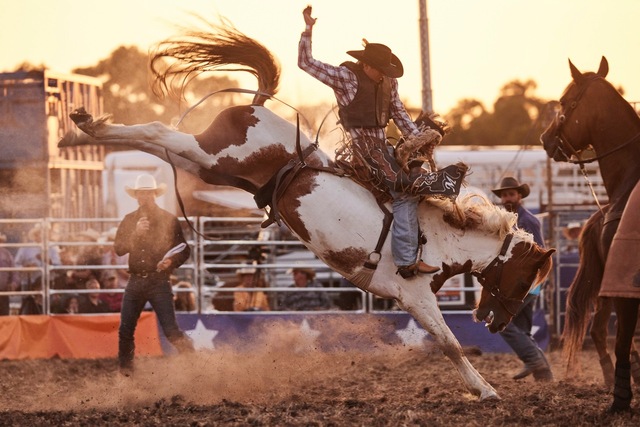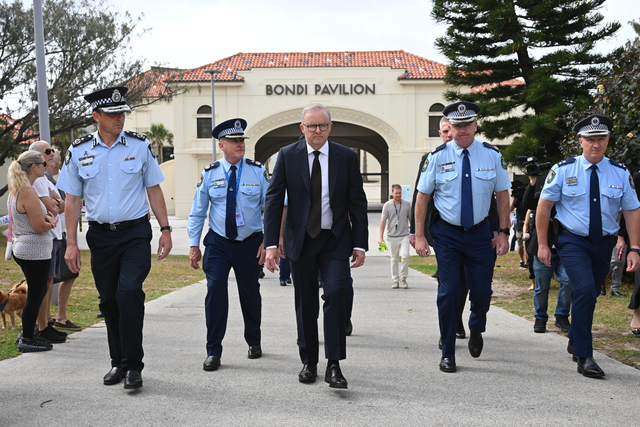On 8 February 2009 I woke up to my mobile phone vibrating beside my head.
It was my news editor calling and, bleary-eyed, I could see she had tried to call twice before.
I answered the phone and repeated back the firm instructions she had just given me, trying to muster as much professionalism and coherence as I could into my first words of the day.
“Fire. Yarra Valley. Take camera. Notepad. Interview everyone. Got it.”
In the car, the bushfire was all over the radio.
After each news bulletin the news presenter stated very clearly not to go to the area and that “rubberneckers will be prosecuted”.
Now fully awake, the realisation I was driving towards an active bushfire armed only with a camera and notepad was starting to sink in.
I decided to call my news editor back.
“You’re not rubbernecking, you’re working. Go!” It was a nice try.
Being the only person at an emergency who wasn’t there to help had always been my least favourite part of being a journalist.
I sucked up my survival instincts in favour of work ethic and continued on towards Warburton.
A plucky 22-year-old, I had started working in Healesville on the Upper Yarra Mail the year before.
The weeks after that initial phone call were hectic.
We would interview one person for a story, ask what they’d heard and the chain of stories would continue.
I followed stories that broke my heart, took my breath away and some that were too horrible to print.
I still think about the parents of Gareth Jones Roberts Junior and how proud they were of their loyal son who went out to get petrol for their generators and never came home.
Then there were children of Chum Creek Primary School who would get spooked if a car drove too fast along the dirt road alongside the school.
The dust blowing in through the school yard was too close a resemblance to bushfire smoke.
Or their letters of thanks to firefighters and makeshift, hand-drawn school sign to replace the one destroyed by the fire.
I remember the resilience of Russell Clements who lost his iconic 1953 FX Holden, The GAP Mobile, and his adamancy at rebuilding it.
Then there were all the people who risked their own lives to save wildlife, loved ones and strangers.
Like most other people in the area, we kept going with life.
Some days a veil of smoke settled along Maroondah Highway and it was a reminder that the bushfire was still very much active and threatening Healesville.
I would write with one ear on the radio and two hands on the keyboard.
My parents were fielding calls from worried family in the Netherlands who thought the whole of Victoria was on fire.
The world was watching on television what the people I met were living or coming to terms with.
They showed me how to survive in danger and how to keep going after tragedy.
It felt like everyone let out a collective sigh of relief when autumn brought a cool change and the fires were declared under control on 14 March.
Throughout all of it I kept thinking: “It’s 2009, how has this happened?”
Natural disasters were something I expected to commemorate, not live through.
How, with our communication technology and firefighting resources were we still being beaten by Mother Nature?
Working in Healesville taught me how to be a ‘real’ journalist, but more importantly the residents I met and their resilience taught me how to be a better person.

